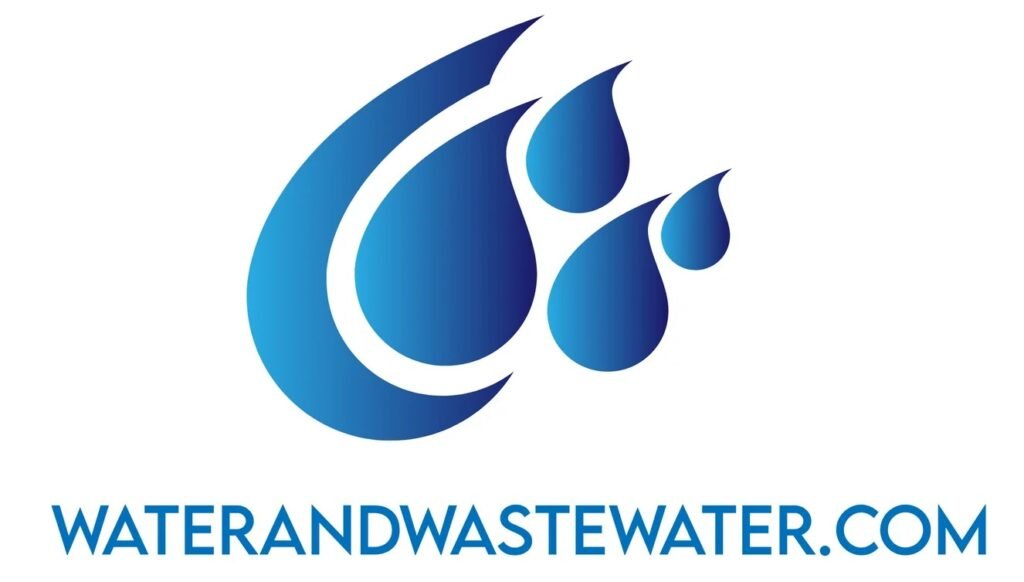Tag: filtration
Introduction to Lime Softening Lime softening is a water treatment process that has been widely used for over a century. The primary objective of lime softening is to remove hardness from water by precipitating calcium and magnesium ions, which are the primary contributors to water hardness. This process not only softens water but can […]
Carbon filters play a big role in cleaning water. They remove harmful stuff from water to make it safe to drink. These filters use special carbon that traps bad chemicals and tastes. Carbon filters can get rid of chlorine, bad smells, and many other things that make water taste or smell bad. They work by […]
Understanding UV Lamps: An In-Depth Exploration Ultraviolet (UV) lamps have become an essential tool across various industries, from healthcare and manufacturing to skincare and entertainment. Harnessing the power of ultraviolet light, these lamps serve multiple purposes, including sterilization, curing, and even therapeutic applications. This article delves deeply into the nuances of UV lamps, exploring […]
Understanding Filter Cloths: An In-depth Exploration Introduction Filter cloths play a critical role in various industrial and environmental processes. Used primarily for filtration, these cloths separate solids from liquids, ensuring the efficiency and effectiveness of numerous applications ranging from wastewater treatment to food processing. This article explores the different types of filter cloths, […]
Filtration Systems: An In-Depth Exploration Introduction In today’s world, the importance of clean resources is paramount. Filtration systems are central to ensuring the purity of air, water, and various other substances critical to both living organisms and industrial processes. Over the past few decades, advances in technology and a deeper understanding of materials […]
Clean water is essential for life, yet many water sources contain harmful contaminants. Water purification systems offer a solution to this problem, providing safe and clean drinking water for homes, businesses, and communities. These systems use various methods to remove impurities, ensuring that the water we consume is free from harmful substances. Water purification systems […]
Wastewater treatment is a vital process for protecting public health and the environment. While primary and secondary treatments remove many contaminants, tertiary treatment takes it a step further. Tertiary treatment is an advanced stage of wastewater treatment that removes remaining pollutants, including nutrients, pathogens, and other harmful substances. Tertiary treatment uses various methods to clean […]
Wastewater purification systems play a crucial role in protecting our environment and public health. These systems clean water that has been used in homes, businesses, and industries before it’s released back into nature. Modern wastewater treatment plants use a mix of physical, chemical, and biological processes to remove harmful substances and make water safe for […]
Wastewater recycling systems are changing how we use water. These systems clean dirty water so it can be used again. They help save water and protect the environment. Wastewater recycling systems can turn sewage and other used water into clean water for many uses. The process uses special filters and treatments to remove dirt, germs, […]
Water and wastewater treatment companies play a crucial role in safeguarding public health and the environment. These firms clean and purify water for drinking and other uses, while also managing the treatment of wastewater before it’s released back into nature. The global water and wastewater treatment market is expected to grow significantly in the coming […]
